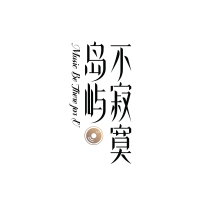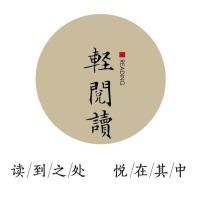Cambodia: Brewing Palm Sugar, Brewing Life

(54-year-old Chin Choeun cuts palm flower buds to extract sap during the harvest season. /CFP)
In rural Cambodia, the production of palm sugar still retains its ancient and simple handmade traditions. Every morning and evening, local farmers climb palm trees to cut flower buds and collect the sweet sap, which is then boiled and stirred until it thickens and solidifies into blocks of palm sugar. This traditional method not only supports their livelihoods but also brings warmth and hope to the village.

(Chin Choeun collects sap from palm trees during the harvest season. /CFP)

(During the harvest season, Chin Choeun carries the sap collected from palm trees to make sugar. /CFP)
Chin Choeun, 54, from Trapang Ampel village near Phnom Penh, is a representative figure. He works about 12 hours daily, harvesting sap from 20 palm trees and boiling the sugar with his wife. He produces around 10 kilograms of palm sugar per day, selling it for about 25 USD. Although the income is modest, it remains crucial in the rural economy.



(Chin Ith collects the palm sap gathered by her husband Chin Choeun from the palm trees. She boils the sap over an open fire, stirring it until the palm sugar reaches the right consistency. /CFP)
The sap collection season typically runs from January to April, producing 400–600 liters of sap per season. Each tree yields 60–90 kilograms of sap, which, after being processed into sugar, provides farmers with a stable income.
However, the traditional industry faces serious challenges. A shortage of young laborers, many of whom move to cities for work, puts some small workshops at risk of closure. Choeun said he has inherited the skills from his father, but it is still uncertain whether his son will continue the tradition in the future.
To revitalize the palm sugar industry, some NGOs and social enterprises are promoting modern cooperative models, including eco-friendly boilers, unified purchasing systems, origin certification, and attempts to include geographic indications in export plans.
The palm sugar production cycle takes over a month. This humble process embodies rural wisdom and cultural heritage—from climbing trees to collect sap, boiling syrup, to molding and cooling the sugar—reflecting the deep bond between farmers and their land. Despite changes and labor shortages, Cambodia’s palm sugar continues to flourish through perseverance and innovation, sweetening the rural landscape.














